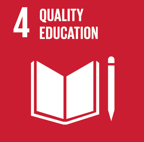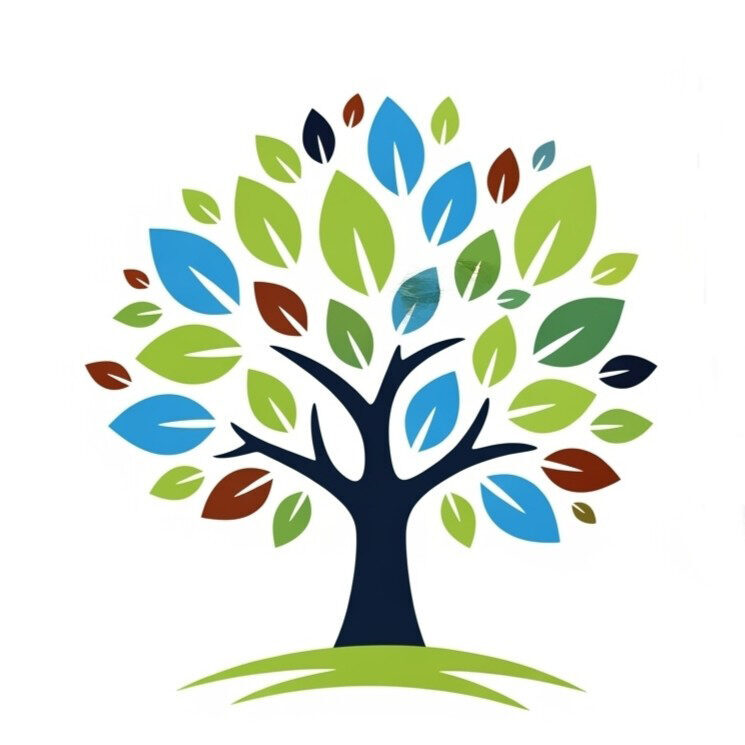Project
Digital Twins and the Future of Practical Education
Project Description
How can digital twins facilitate practical, hybrid education of the future?
COVID has accelerated the adoption of digital and online education. This has opened a Pandora’s box of opportunities, challenges, and dilemmas when considering the future of practical, “hands-on,” education (“praktijk onderwijs”). Moving into a post-COVID world will mean a new blend of digital and in real life (IRL) interactions. Digital twins can play a role in bridging the physical and digital worlds, as digital twins are digital representations of real life objects, people, processes, etc. that also interact with the real world. In this project, we identified and explored several levels on which digital twins could play a role in practical education: 1) students/educators, 2) campus, and 3) curriculum. We also explored the potential of today’s technologies through a series of concepts and experiments when speculating about the role of digital twins in the future of blended education.
We aimed to answer the following questions:
- What added value can digital twins bring to practical education?
- How can digital twins facilitate what’s missing from many digital interactions such as sense of place, embodiment, or connection?
- How can digital experiences be elevated to create novel but meaningful experiences?
- What parts of experience can be and should be IRL versus virtual?
- What can we learn from experimenting with current technologies including AR/VR solutions?
This project focuses on the Sustainable Development Goals:

![]()
Concept 1: Student avatars – adding context to online interactions
The college years are a time for students to experiment with their current and future identities, both on personal as well as professional levels. In practical education, students must learn social skills to effectively interact with their future colleagues, customers, or patients, for example. While representation exclusively through digital means, e.g. video calls, limits interactions, new technologies also offer new ways of expressing and experimenting with identity.
The concept, student avatars, explores how digital technologies can support students to step into, and experiment with, the different professional roles and personal identities they will need to be successful in work and life. Taking a page from gaming, what if students could use avatars to express their creativity or experiment with their persona? Digital twins don’t need to track or represent the real identities or features of individuals. These digital twins could be experimental representations or projections of potential selves that can play a crucial role in self-reflection within learning processes.
Experiments:
- Developing De Bono’s hats in Augmented Reality (AR)– We experimented with using Edward de Bono’s Six Thinking Hats framework, to inject additional context and self-reflection into video call, team discussions. We worked together with AR artist, Sander Veenhof, to develop custom hat filters that triggered visual awareness and self-reflection on individual and team roles.
- Experimenting with Gather and Mibo – In addition, we experimented with available platforms such as Gather and Mibo. In these platforms, we explored how the experience of online presence is mediated via alternative digital spaces and self-representations.
Concept 2: The hybrid campus – uniting the physical and digital campus
This concept explores the potential of the hybrid campus. The hybrid campus unites and goes beyond both digital and physical campuses to facilitate a sense of place, shared embodied experiences, and serendipitous encounters toward developing a sense of belonging. The digital twin of a campus is just part of the potential offered by digital spaces. The potential of extending “the real space,” e.g. to have infinite meeting spaces or to be able to teleport to alternative locations are all opportunities offered by digital spaces. But, how can participation be equalised whether connecting in person, in virtual reality or via a laptop? For example, to organise future graduation ceremonies so that they can carry a similar weight as in-person ceremonies of the past.
Experiment – Exploring Amsterdam across digital twins of the HVA, Felix Meritus and het Scheepvaartmuseum in (VR) – Together with The New Base, we developed a digital twin of HVA square. There, and in two other locations across Amsterdam, we hosted an event and experiments in VR bringing together some of our teams to meet “in-avatar.” In the half-day event, we explored ice-breaking, pitch training, lectures, and VR experiments. Highlights included a dance off and Ethics in XR lecture by Anna Valeri Jelezovskaia.


